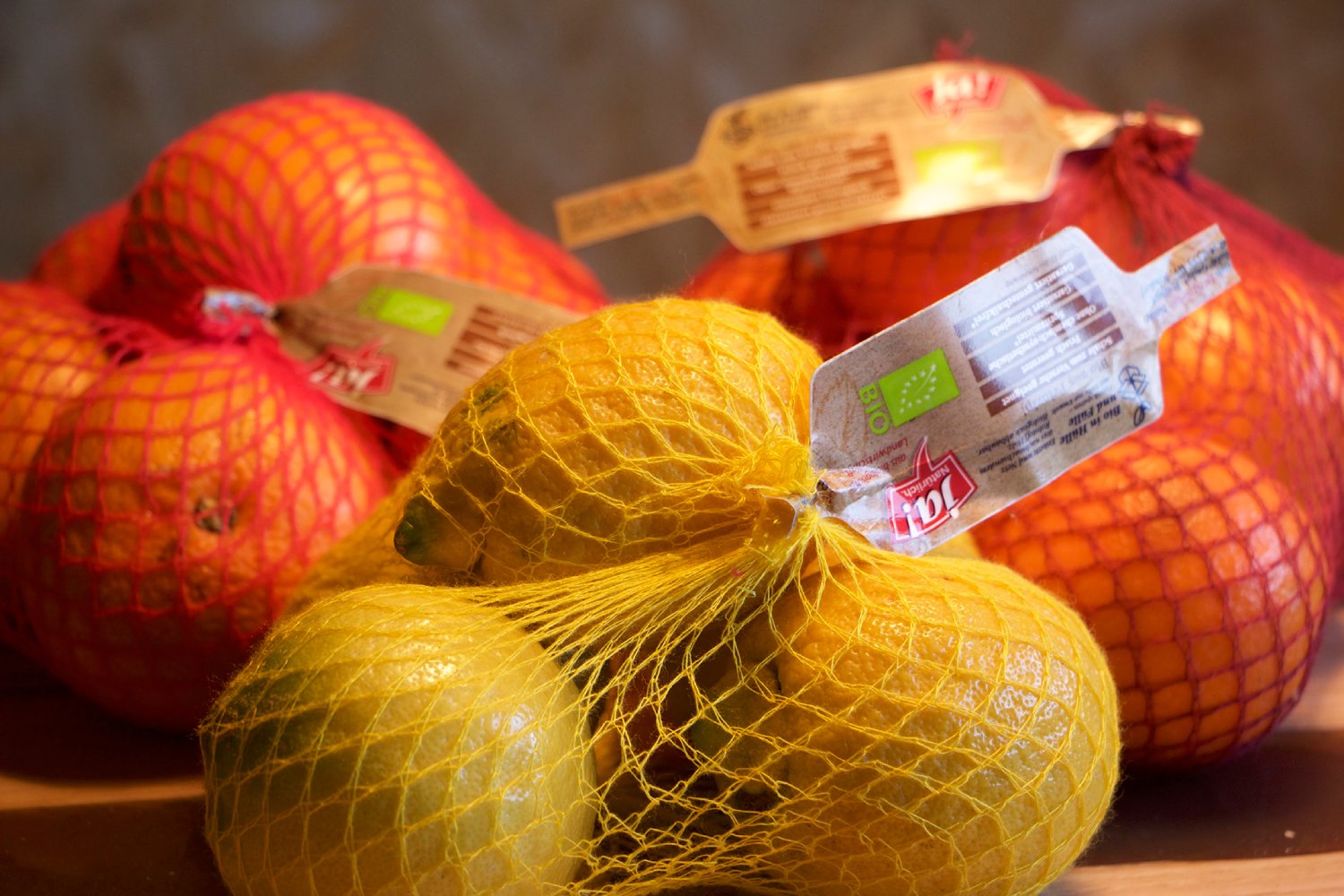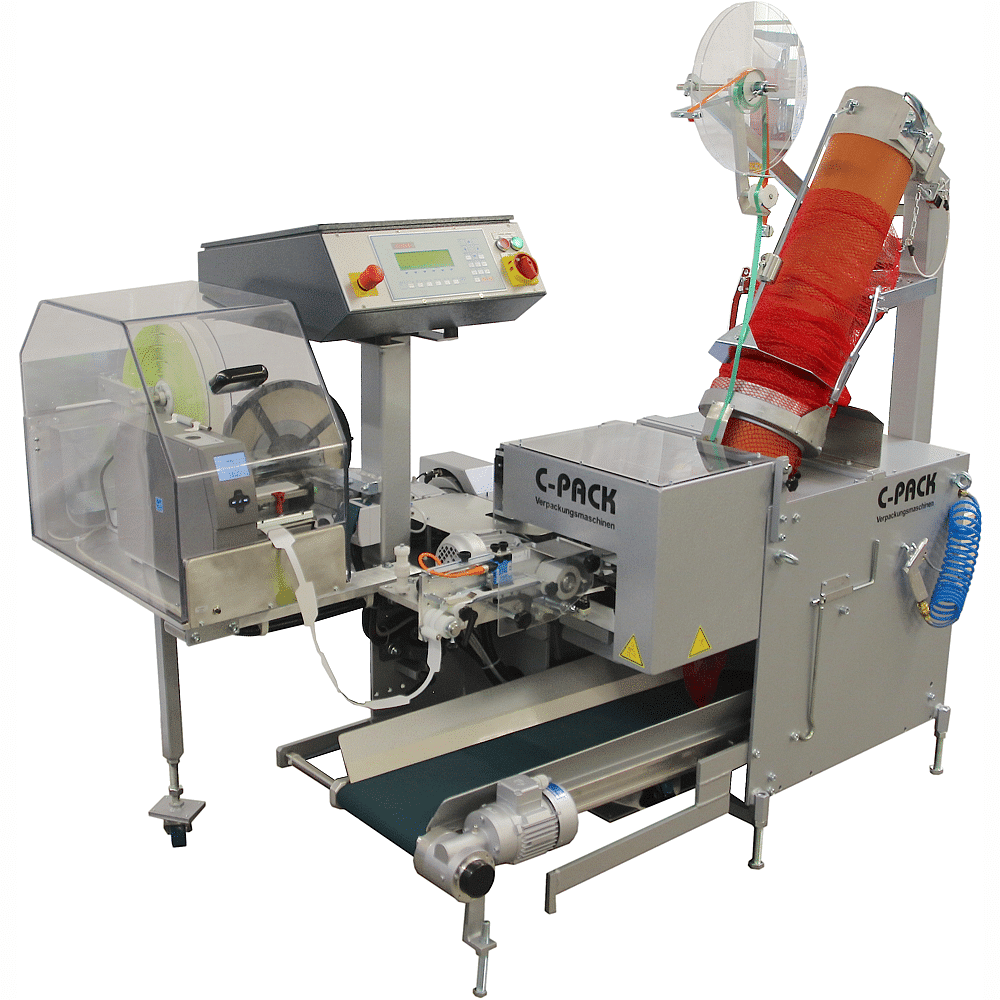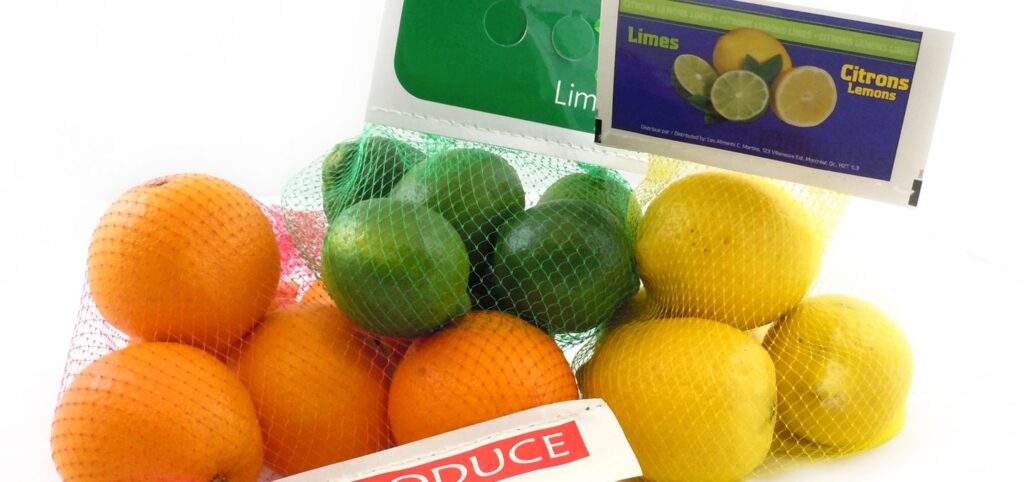
Net Packaging &
Food Packaging Machines
About Net Packaging
Welcome to our website, where we explore the world of net packaging for food. As a consumer, you may have come across various food items packaged in a net, from garlic and onions to lemons and oranges. But have you ever wondered why this type of packaging is used and what benefits it offers?
Protection and Durability
Another advantage of net packaging is its ability to protect the product from damage during transportation and storage. The netting provides a protective layer that can help to prevent bruising, crushing, and other types of physical damage.



Marketing and Branding
In addition to its functional benefits, net packaging can also be used as a marketing and branding tool. The unique texture and appearance of the netting can help to make the product stand out on store shelves and attract the attention of consumers.
Additionally, the packaging can be printed with branding, logos, and other information, helping to promote the product and build brand recognition. This can be especially important for smaller or independent food producers looking to establish themselves in a competitive market.
Environmental Impact
While net packaging does offer many benefits, it is important to consider the environmental impact of this type of packaging. Many nets are made from non-biodegradable materials such as polypropylene, which can take hundreds of years to decompose in landfills.
However, some producers are exploring more sustainable alternatives, such as nets made from biodegradable or compostable materials. These options can help to reduce the environmental impact of net packaging and provide a more sustainable solution for food packaging.
Conclusion
In conclusion, net packaging for food offers a range of benefits, from breathability and ventilation to protection and durability. Its versatility and convenience make it a popular choice among food producers and retailers, while its unique appearance can help to promote the product and build brand recognition.
However, it is important to consider the environmental impact of this type of packaging and explore more sustainable alternatives where possible. By working together, we can ensure that our food is packaged in a way that is both functional and sustainable, while also preserving its quality and freshness for consumers to enjoy.
Ten things to look out for when buying net packaging for food:
1. Breathability and Ventilation: Look for netting that allows air to circulate around the product to prevent moisture buildup and rot. This is particularly important for fresh produce.
2. Protection and Durability: Choose netting made from durable materials, such as polypropylene, that can protect the product from damage during transportation and storage.
3. Mesh Size: Consider the mesh size of the netting. A smaller mesh size can provide better protection against physical damage, while a larger mesh size can offer better ventilation.
4. Food Safety: Ensure that the netting is safe for food contact and does not contain any harmful chemicals or materials.
5. Sustainability: Look for netting made from sustainable materials or that can be reused or recycled to reduce the environmental impact of the packaging.
6. Size and Shape: Consider the size and shape of the product being packaged to ensure that the netting is the right size and can be easily wrapped around the product.
7. Strength and Tensile Properties: Choose netting with sufficient strength and tensile properties to withstand the rigors of handling and transportation.
8. Closure Mechanism: Look for netting that has a secure closure mechanism, such as a drawstring or twist tie, to prevent the product from falling out.

